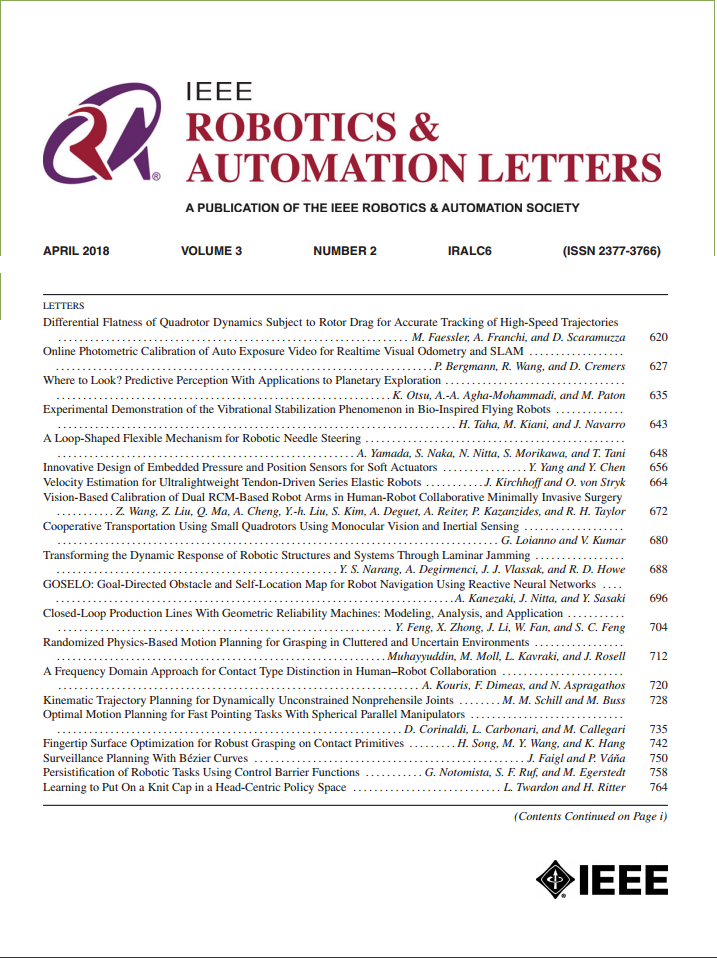GPT-Driven Gestures: Leveraging Large Language Models to Generate Expressive Robot Motion for Enhanced Human-Robot Interaction
IF 4.6
2区 计算机科学
Q2 ROBOTICS
引用次数: 0
Abstract
Expressive robot motion is a form of nonverbal communication that enables robots to convey their internal states, fostering effective human-robot interaction. A key step in designing expressive robot motions is developing a mapping from the desired states the robot will express to the robot's hardware and available degrees of freedom (design space). This letter introduces a novel framework to autonomously generate this mapping by leveraging a large language model (LLM) to select motion parameters and their values for target robot states. We evaluate expressive robot body language displayed on a Unitree Go1 quadruped as generated by a Generative Pre-trained Transformer (GPT) provided with a set of adjustable motion parameters. Through a two-part study (N = 120), we compared LLM-generated expressive motions with both randomly selected and human-selected expressions. Our results show that participants viewing LLM-generated expressions achieve a significantly higher state classification accuracy over random baselines and perform comparably with human-generated expressions. Additionally, in our post-hoc analysis we find that the Earth Movers Distance provides a useful metric for identifying similar expressions in the design space that lead to classification confusion.求助全文
约1分钟内获得全文
求助全文
来源期刊

IEEE Robotics and Automation Letters
Computer Science-Computer Science Applications
CiteScore
9.60
自引率
15.40%
发文量
1428
期刊介绍:
The scope of this journal is to publish peer-reviewed articles that provide a timely and concise account of innovative research ideas and application results, reporting significant theoretical findings and application case studies in areas of robotics and automation.
 求助内容:
求助内容: 应助结果提醒方式:
应助结果提醒方式:


